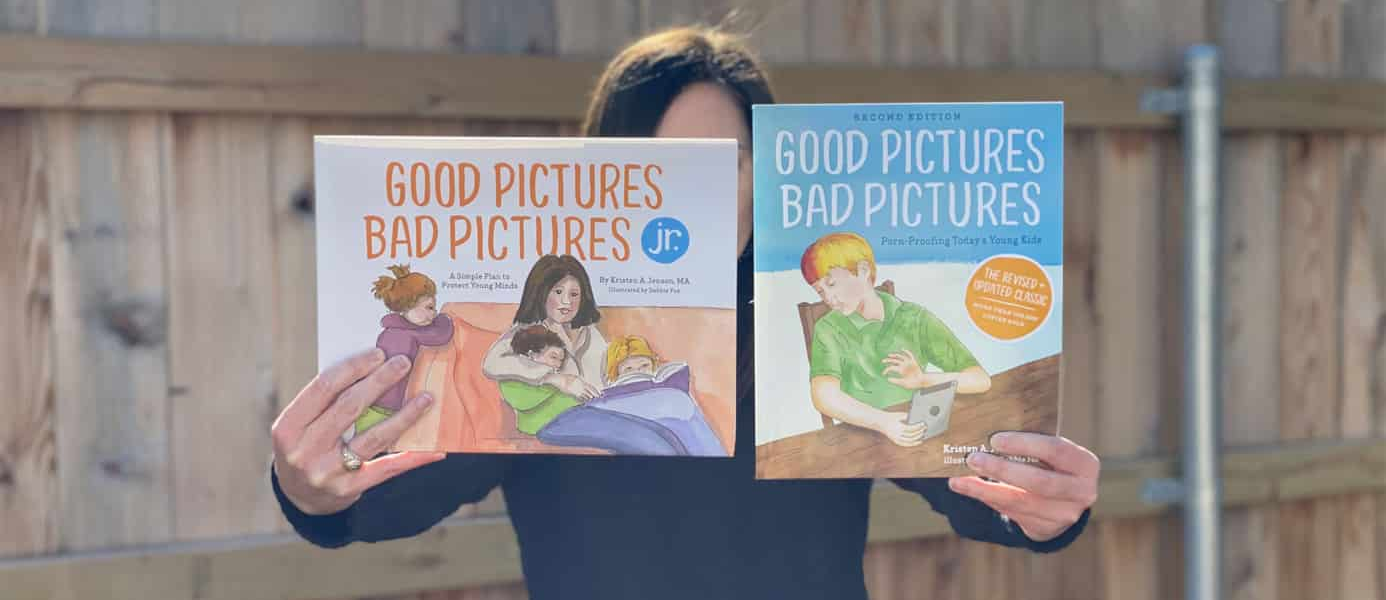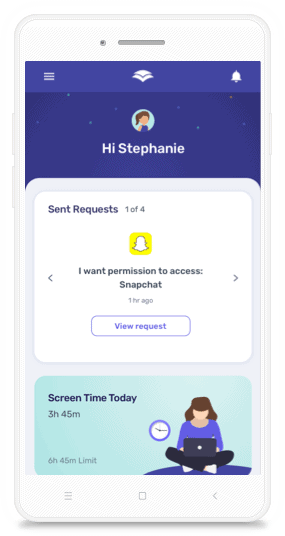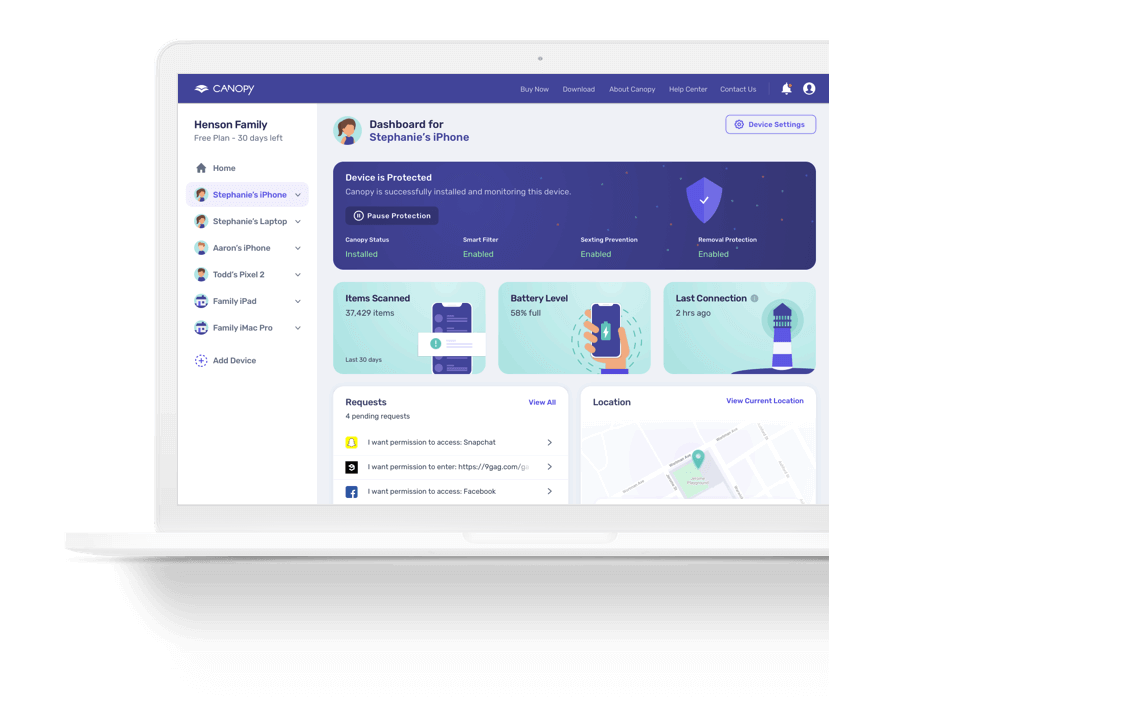The conversation between a parent and child about “the birds and the bees” is sometimes awkward for all of the participants. Talking about pornography can be difficult, too. However, it’s important because your kids may, unfortunately, be exposed to it.
UPDATE: Check out all of the other great resources they have to “teach kids to reject porn before it becomes a problem” and their new curriculum series, Brain Defense, that “teaches your kids crucial refusal skills to deal with digital dangers.”
Fortunately, there are some resources available for you to begin this important conversation in an age-appropriate manner, no matter when you feel it is right for your family.
Defend Young Minds has published two books—Good Pictures Bad Pictures Jr. and Good Pictures Bad Pictures—that you can read with your child to talk about what kind of good pictures and bad pictures they may encounter and what to do if they are exposed to the bad ones.
Good Pictures Bad Pictures Jr.
It is a simple picture book for children ages 3-6 with a simple message: Turn, Run, & Tell! It talks about how “Bad pictures show the private parts of the body that we cover with a swimsuit… These parts are meant to be kept private.”
It’s presented in a way that is accessible to and understandable for young kids with colorful illustrations and age-appropriate language and terms. The message is that some parts are private and that private parts should be private and provides direction on what kids should do if they see such things.
- Turn away from what you see
- Run to find a trusted grownup
- Tell them what you saw
Good Pictures Bad Pictures
This book is for older children and also explains that pornography shows pictures of private parts. Like the book written for younger children, it’s clear to say that these body parts aren’t bad parts, they’re just meant to be kept private.
It goes over why people watch pornography, what an addiction is, and how the brain functions. The two characters, the mom and her son, talk about how the different parts of the brain work and how they work together, including feelings, logical thoughts, and attraction. Chapter 7 brings it all together talking about “how pornography tricks the brain into an addiction.”
The action steps for older children are the “I CAN DO” plan.
When a child sees a bad picture or video:
- Close my eyes.
- Always tell a trusted adult.
- Name it when I see it
When a bad picture comes to mind:
- Distract myself with something different.
- Order my thinking brain to be the boss!
Each chapter comes with a few discussion questions at the end, and there’s a resourceful glossary of key terms in the back.
Canopy can help, too.
Although we wish no children would ever be exposed to pornography, we understand that it is possible, so resources like these can be helpful. So is Canopy. Because on a device protected by it, explicit content will never reach the screen. Learn more about our technology and begin your free trial today!







